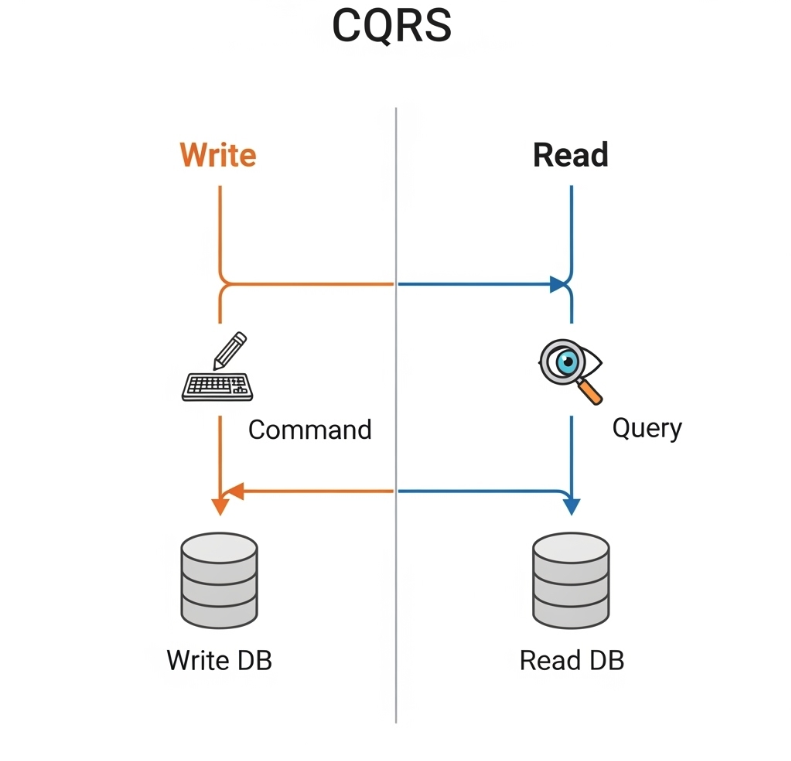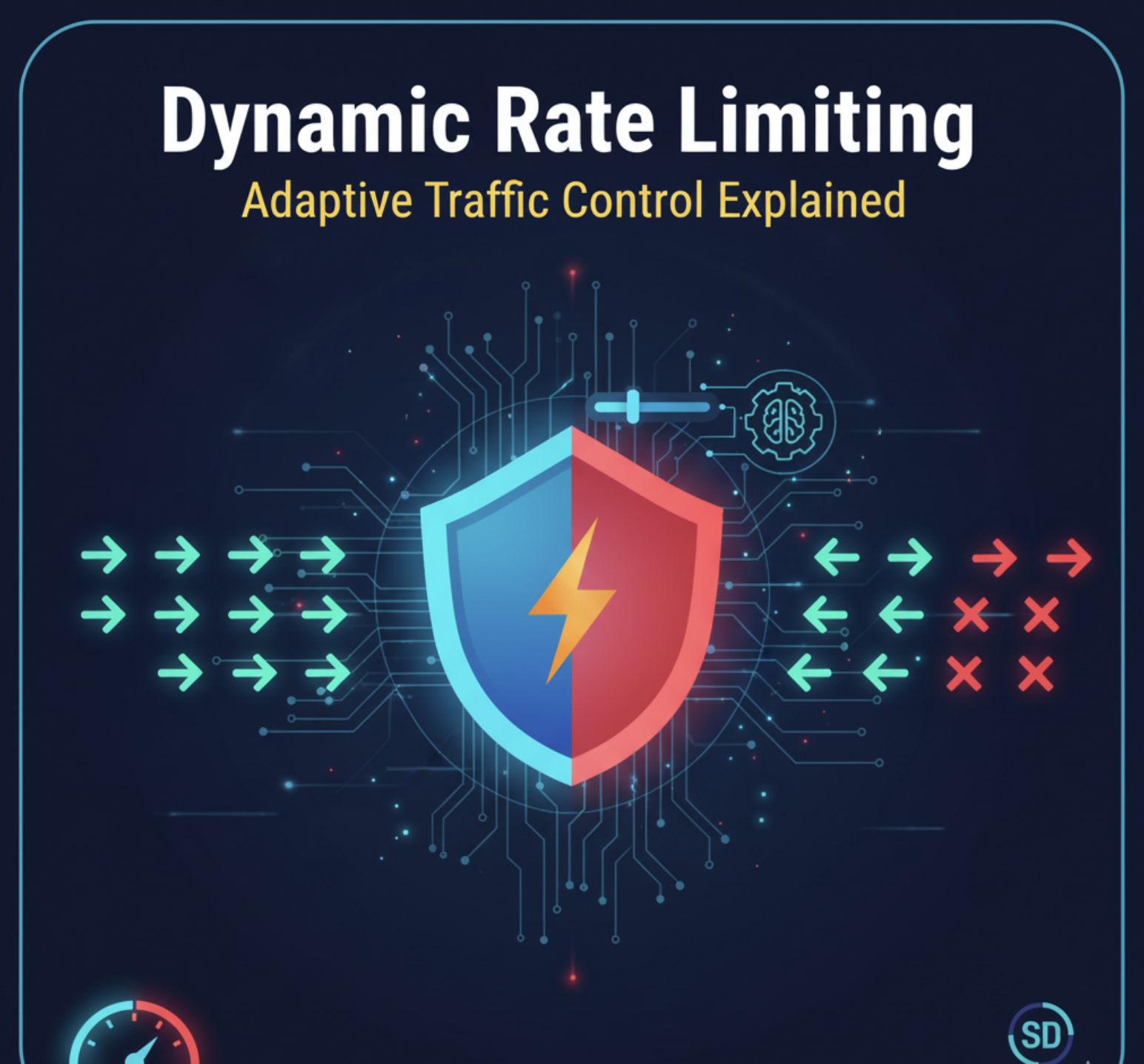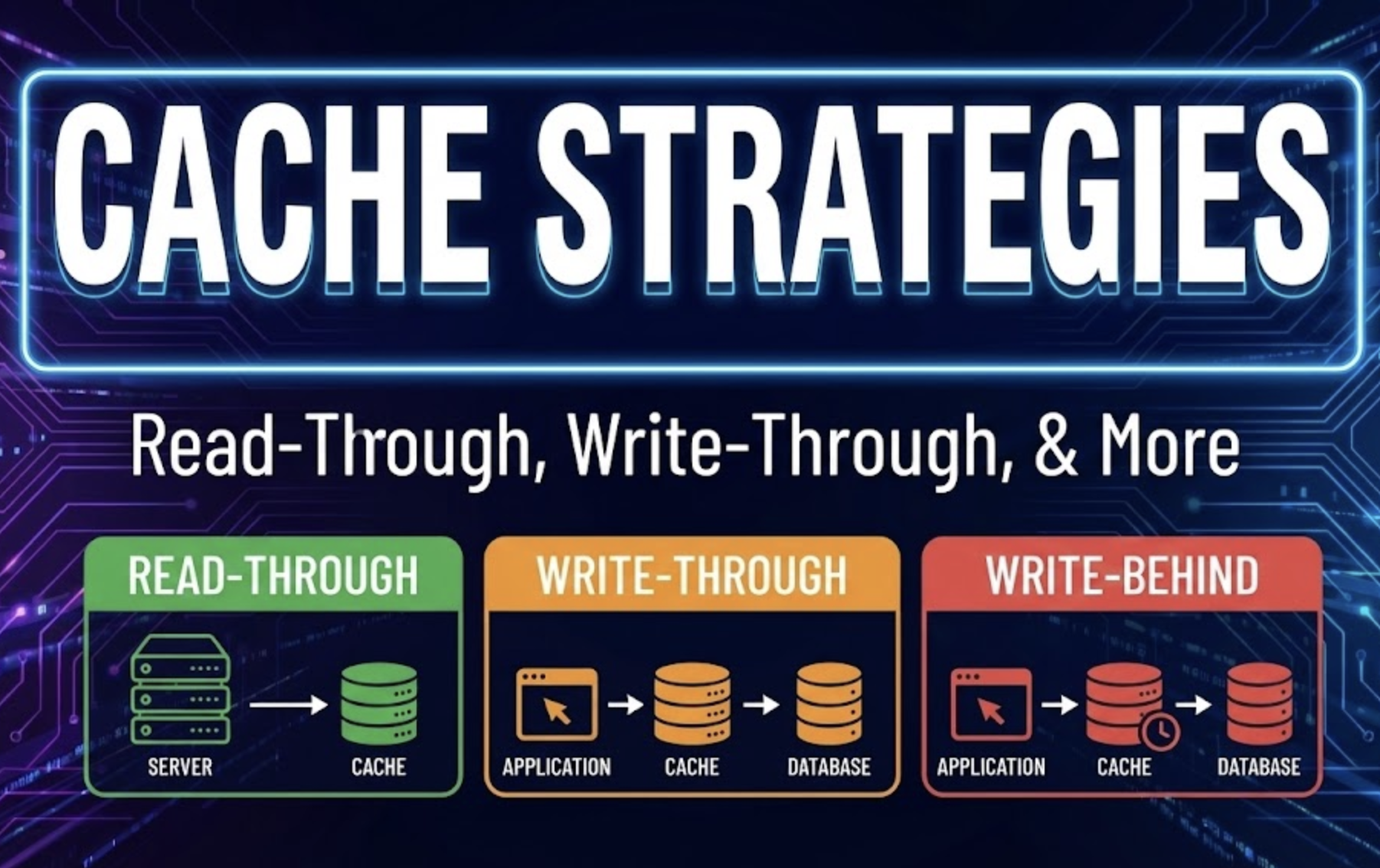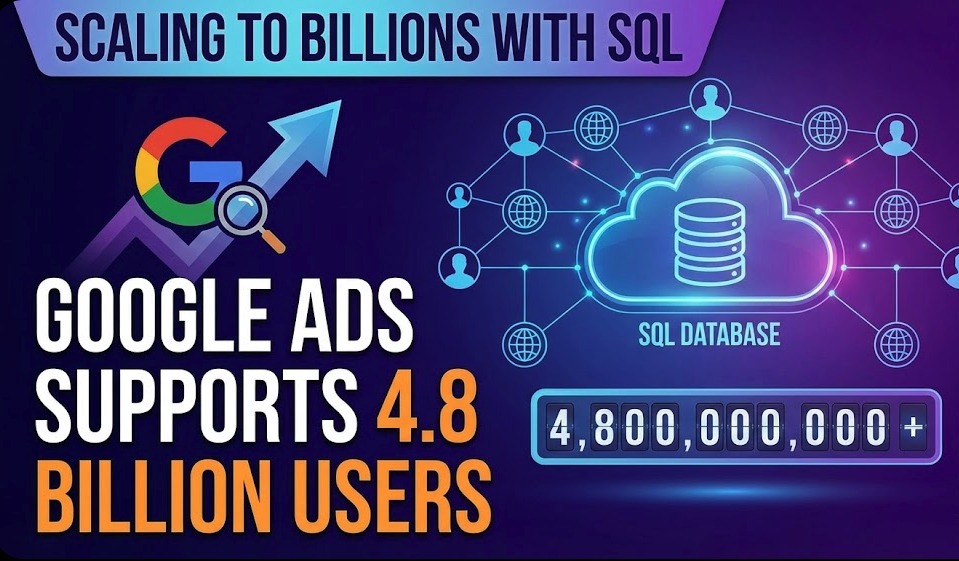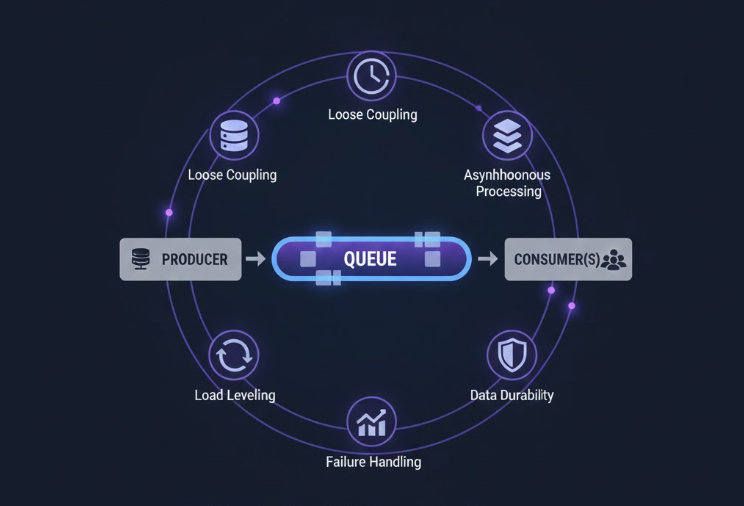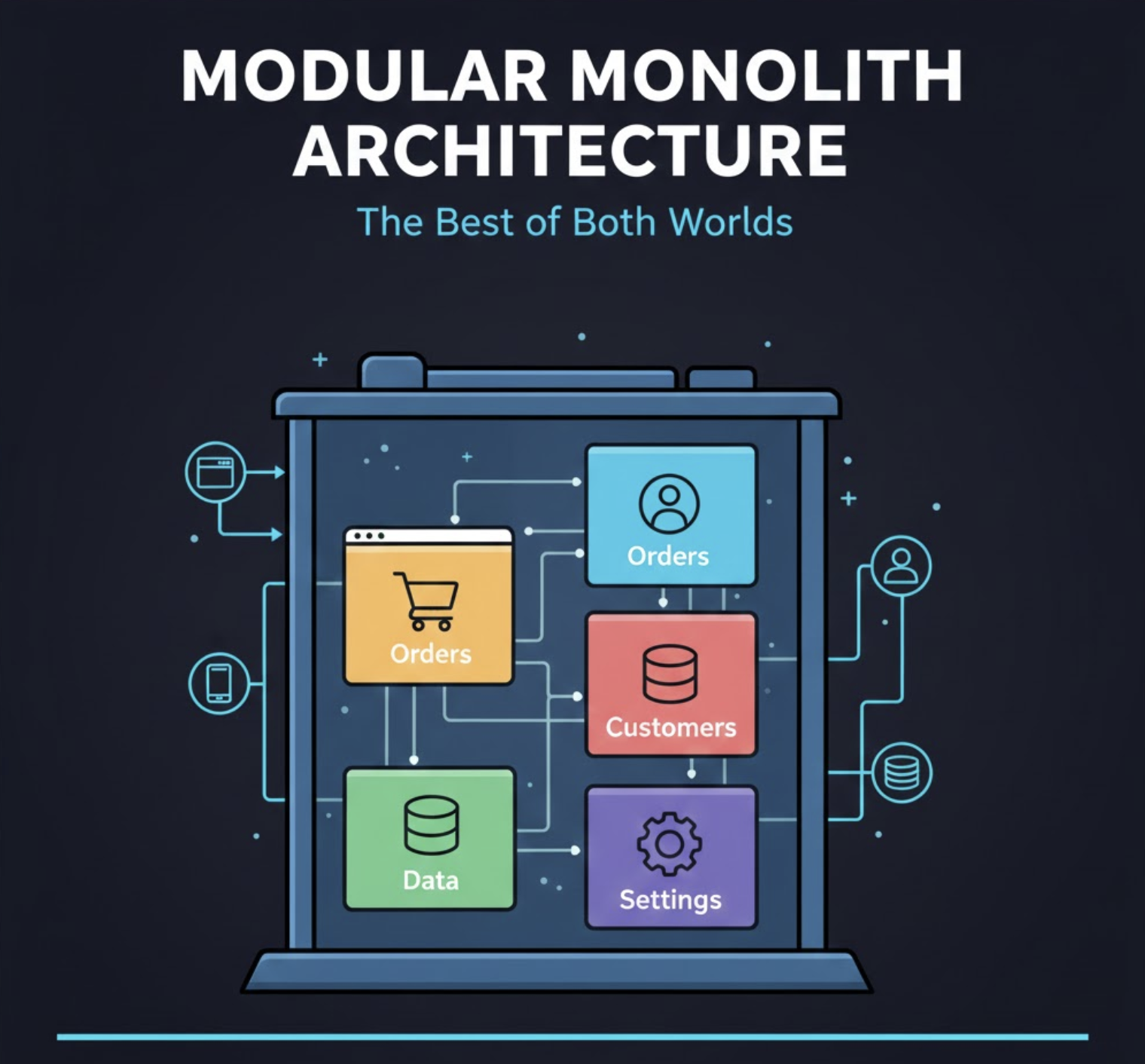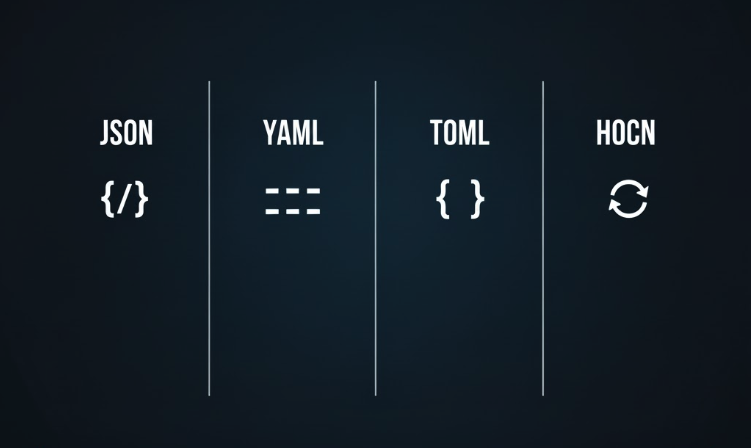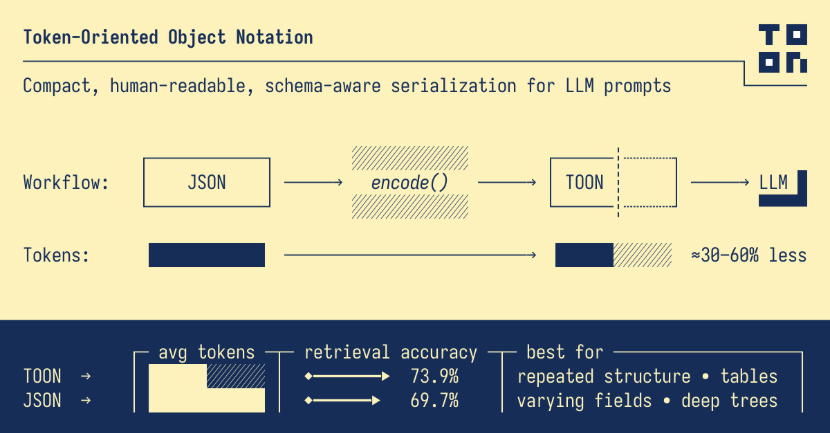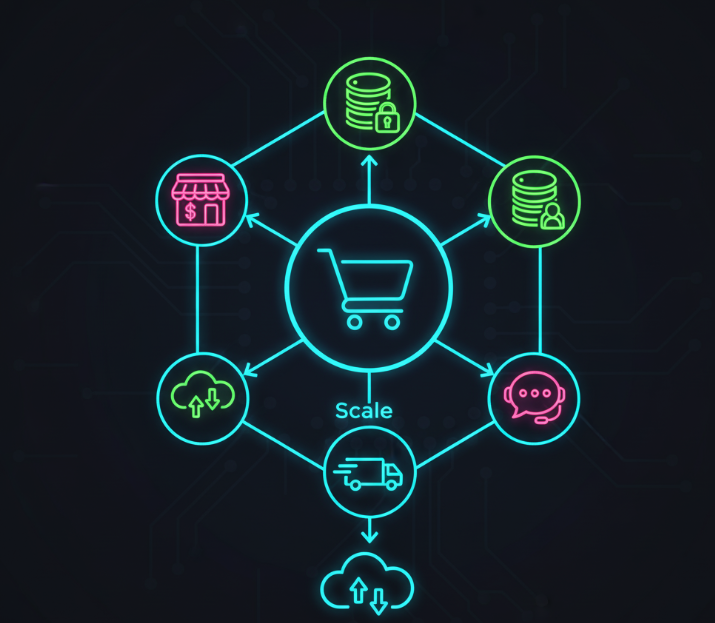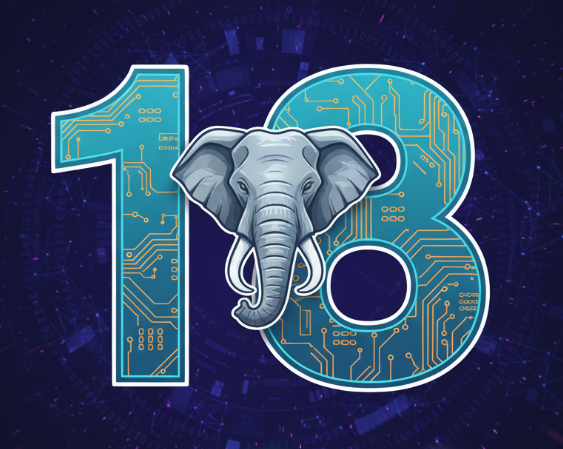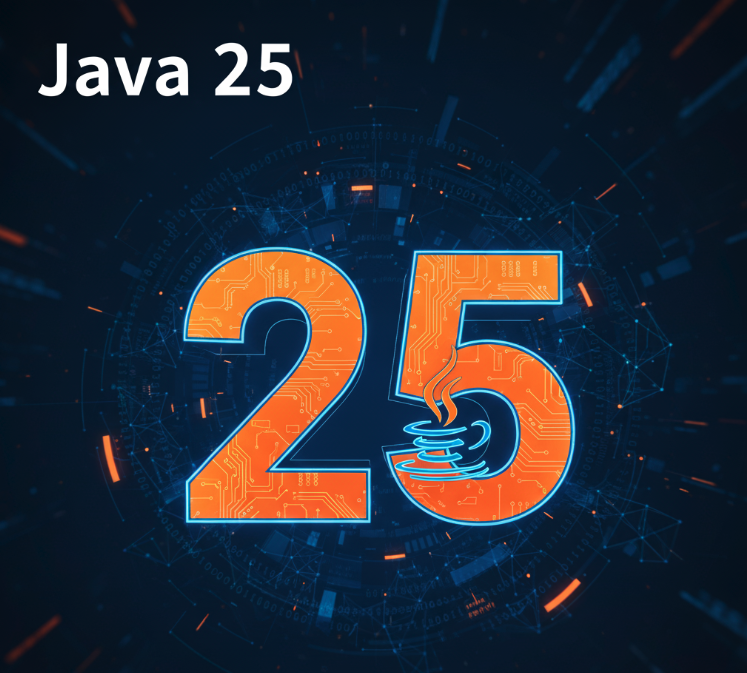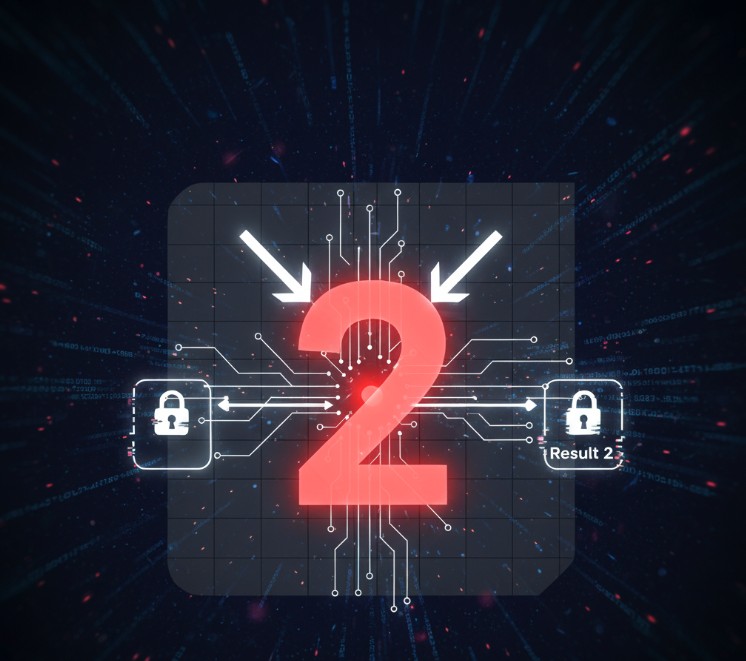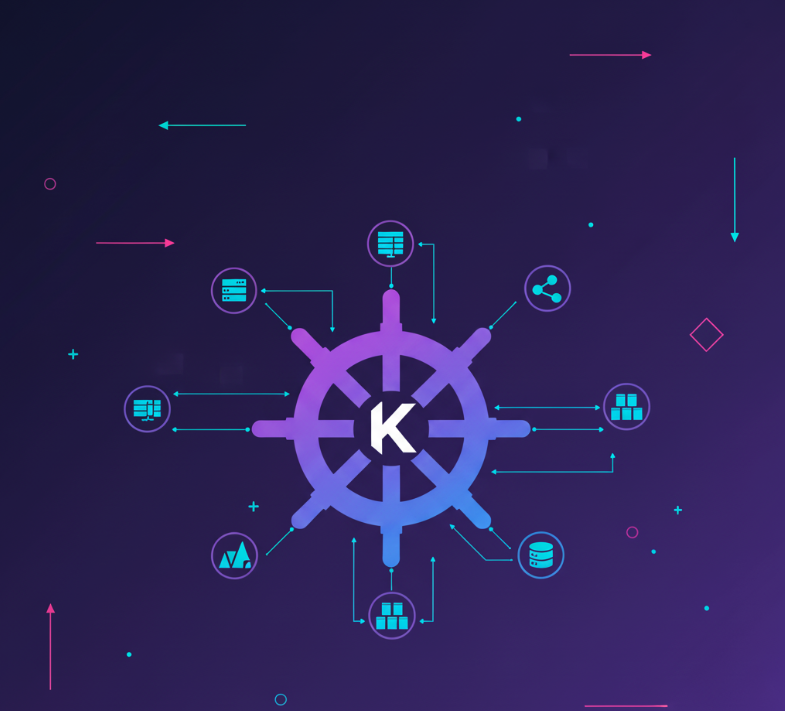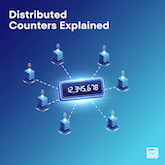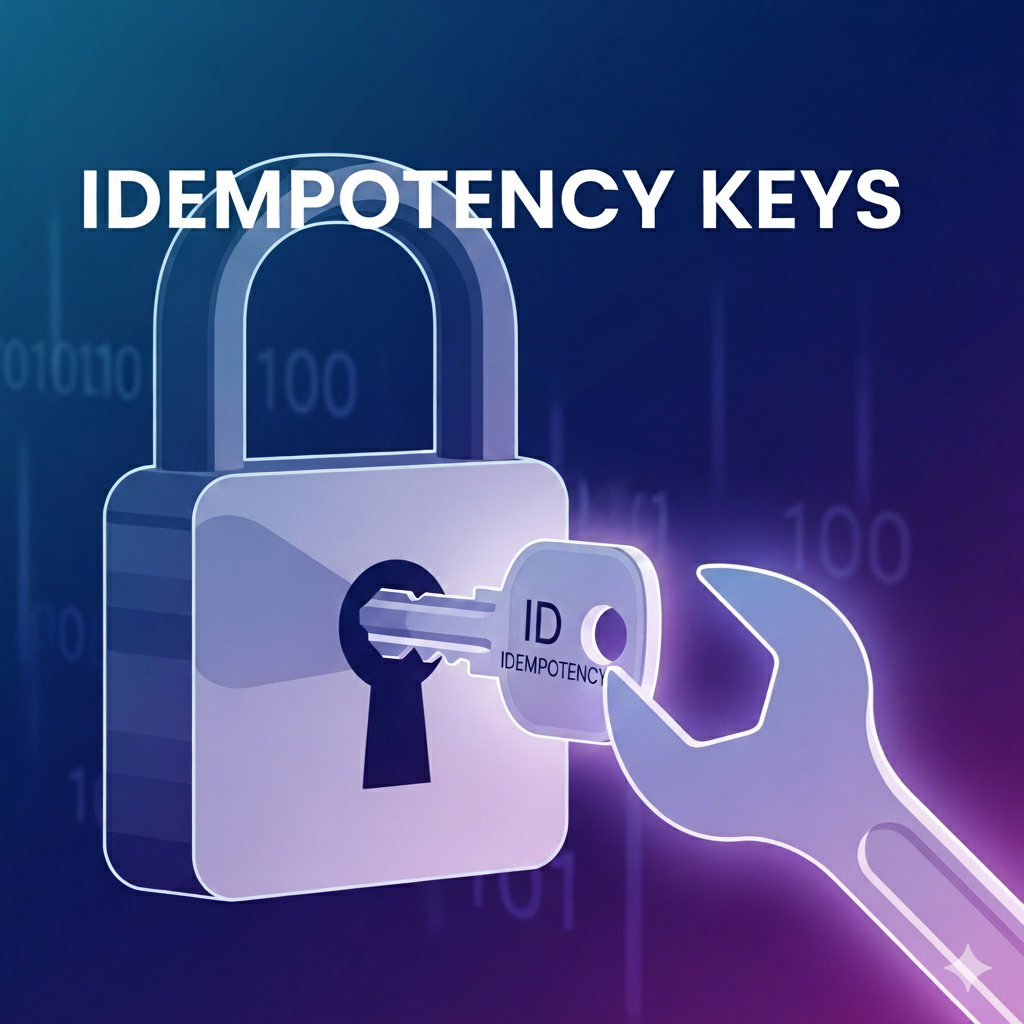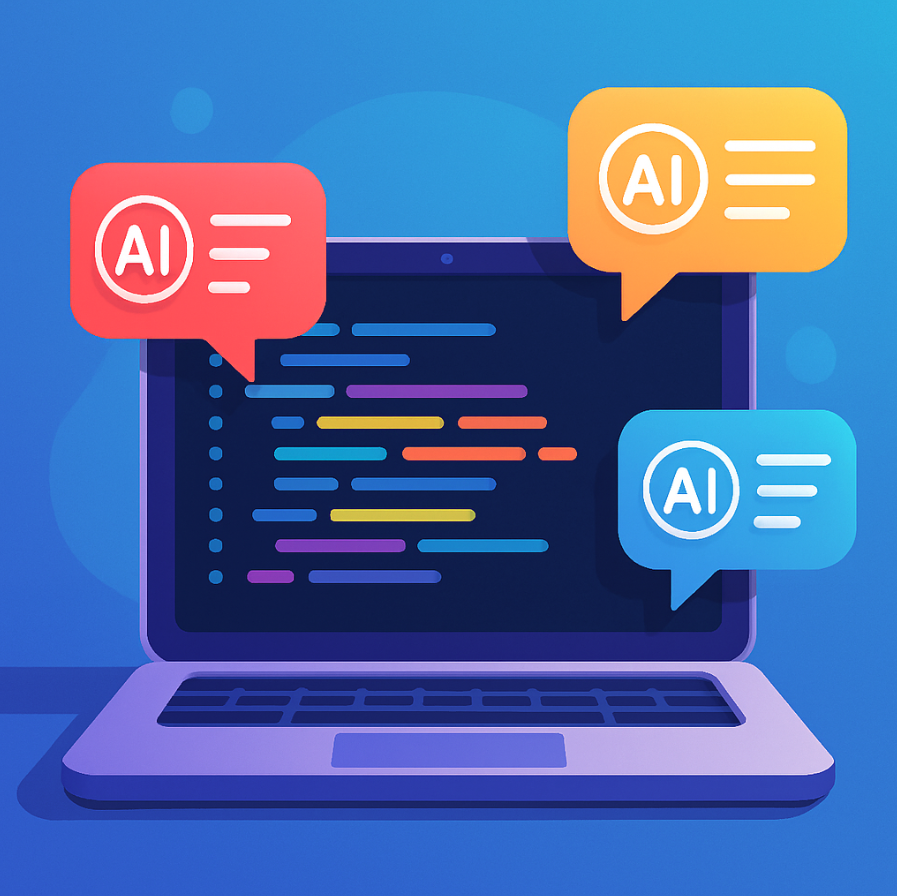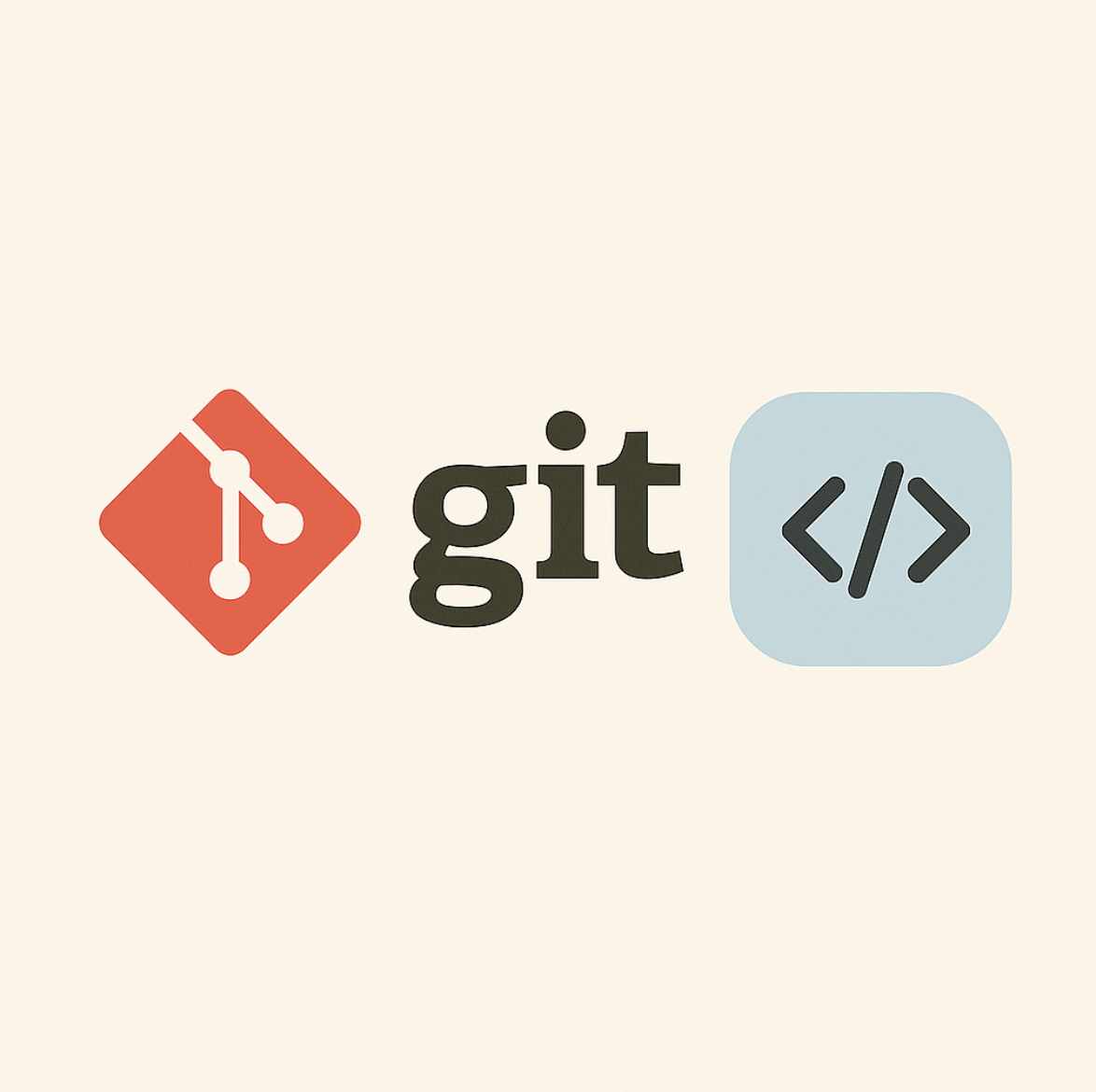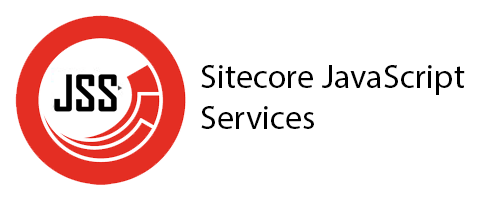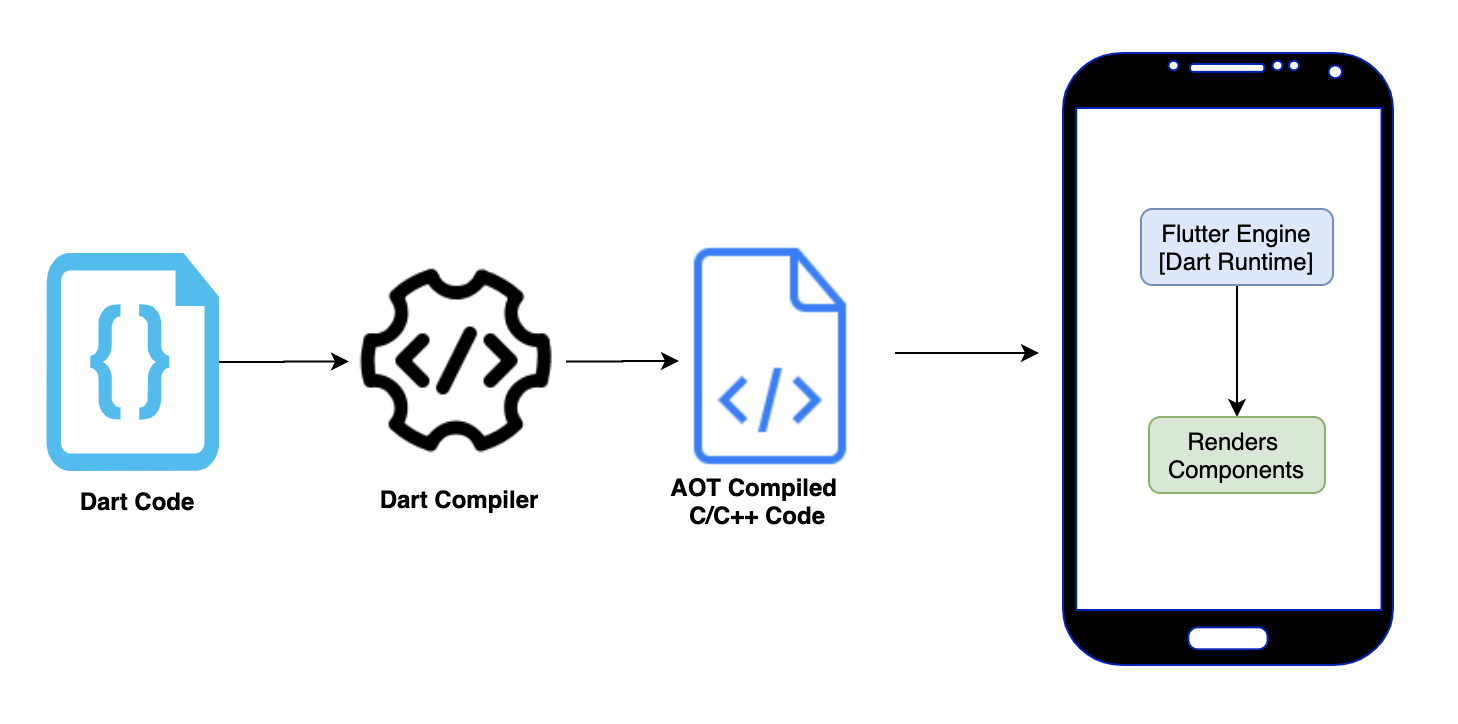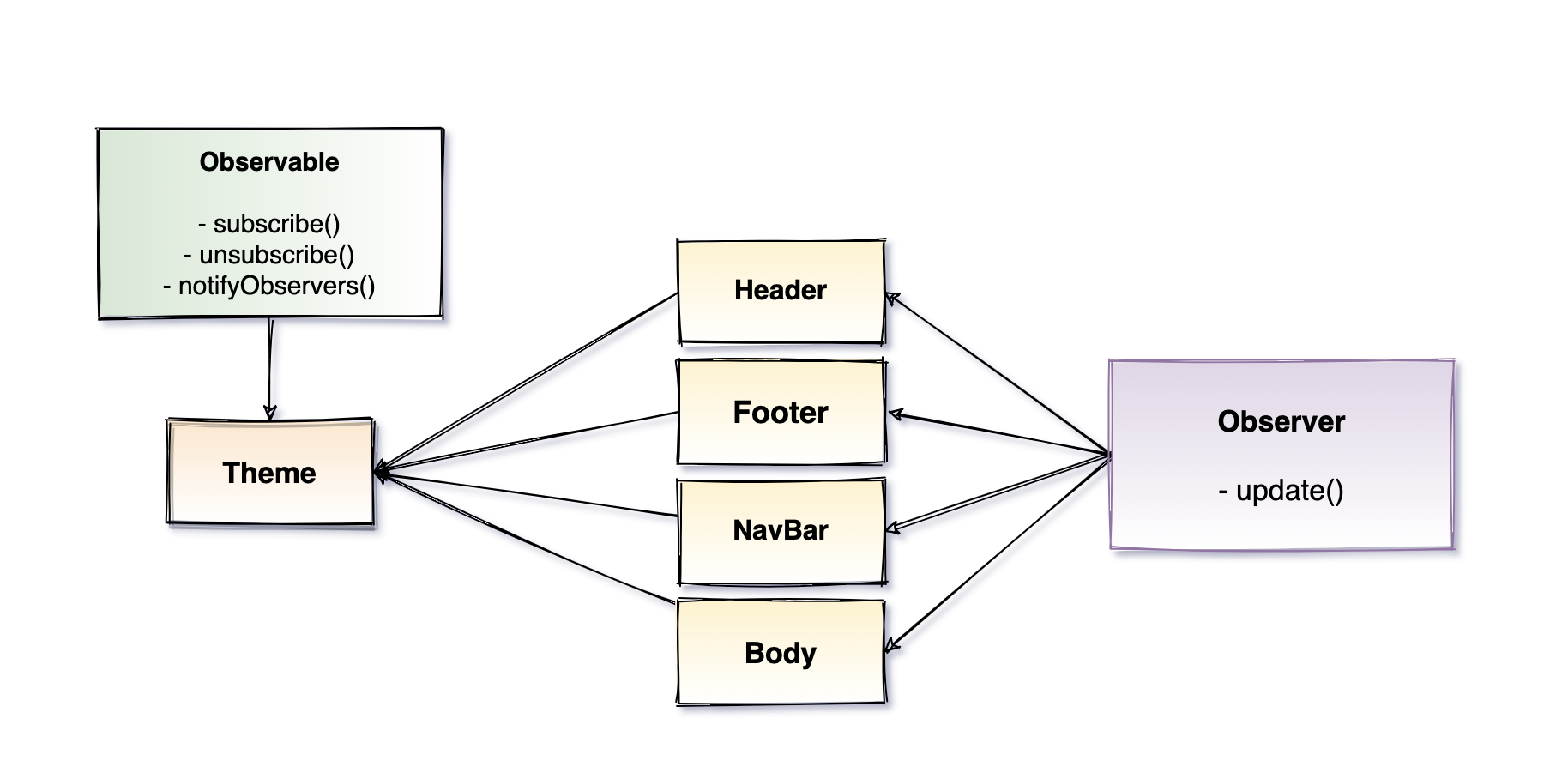What are Vector Databases and RAG?
A vector database stores your data in a format AI models can search through quickly. RAG (Retrieval Augmented Generation) is when an AI finds relevant info from that database before answering your question. Together, they let AI work with your specific data without retraining the entire model.
Think of it like: A student taking an open-book exam. Instead of memorizing everything (training), they can look up facts in their textbook (vector database) when needed.
The Problem: AI Doesn't Know Your Data
Without RAG
User asks:
"What did we discuss in last week's meeting?"
AI responds:
"I don't have access to your meeting notes."
AI only knows what it was trained on!
Problem: The AI model has no clue about your company docs, emails, or private data.
With RAG
User asks:
"What did we discuss in last week's meeting?"
System:
1. Searches vector database
2. Finds relevant meeting notes
3. Gives notes to AI
AI responds:
"You discussed the new product launch timeline and decided to push it to Q2..."
Result: AI answers based on your actual data, not just general knowledge.
How RAG Works
sequenceDiagram
participant User
participant RAG as RAG System
participant VectorDB as Vector Database
participant AI as AI Model
Note over User,AI: User asks a question
User->>RAG: "What's our refund policy?"
Note over RAG,VectorDB: Find relevant context
RAG->>VectorDB: Search for similar content
VectorDB-->>RAG: Return matching documents
Note over RAG,AI: Build enhanced prompt
RAG->>AI: Question + Retrieved docs
Note over AI: Generate answer using context
AI-->>RAG: Response based on your data
RAG-->>User: "Our refund policy is..."
Note over User,AI: Answer is grounded in your docs
The system searches your data first, then feeds the relevant parts to the AI along with the question.
Understanding Vector Databases
Regular databases search by exact words. Vector databases search by meaning:
Regular Database
Search for "dog" → finds only documents with the word "dog"
Misses: puppy, canine, pet, golden retriever
Vector Database
Search for "dog" → finds anything conceptually similar
Finds: puppy, canine, pet, golden retriever, bark, leash
💡 How it works: Text is converted into numbers (vectors) that capture meaning. Similar concepts have similar numbers. The database finds the closest matches super fast.
From Text to Vectors
graph LR
A[Your Documents] --> B[Embedding Model]
B --> C[Vectors]
C --> D[Vector Database]
E[User Question] --> F[Embedding Model]
F --> G[Query Vector]
G --> H[Search Database]
D --> H
H --> I[Similar Documents]
style A fill:#e0f2fe,stroke:#0369a1,stroke-width:2px
style E fill:#e0f2fe,stroke:#0369a1,stroke-width:2px
style B fill:#fef3c7,stroke:#f59e0b,stroke-width:2px
style F fill:#fef3c7,stroke:#f59e0b,stroke-width:2px
style D fill:#dcfce7,stroke:#16a34a,stroke-width:2px
style I fill:#dcfce7,stroke:#16a34a,stroke-width:2px
An embedding model turns text into vectors (arrays of numbers). The database stores these and can find similar ones lightning fast.
Key Benefits
AI Knows Your Data
Feed any data to AI without expensive retraining. Your company docs, customer emails, product info - all instantly searchable.
More Accurate Answers
AI bases responses on actual documents you provide, not made-up information. You can even show which document the answer came from.
Always Up to Date
Update your database anytime. No need to retrain models. New docs are immediately available for AI to use.
Common Use Cases
- Customer Support: AI chatbots that answer questions using your help docs, FAQs, and knowledge base.
- Smart Search: Search your company wiki, emails, or files by meaning, not just keywords. Find that document even if you don't remember the exact words.
- Document Q&A: Ask questions about PDFs, contracts, or research papers. AI reads them and answers based on the content.
- Personal AI Assistant: Chat with an AI that knows about your projects, notes, and work history.
Popular Tools
- Vector Databases: Pinecone, Weaviate, Qdrant, Chroma, Milvus
- RAG Frameworks: LangChain, LlamaIndex, Haystack
- Embedding Models: OpenAI embeddings, Sentence Transformers, Cohere
When to Use RAG
Use RAG When
- AI needs to answer from your docs
- You have lots of private data
- Data changes frequently
- You want accurate, source-backed answers
- Building chatbots or search tools
- Need to reduce AI hallucinations
Skip RAG When
- General knowledge questions only
- No custom data to search
- Simple keyword search is enough
- Very small amount of data
- Don't need real-time updates
- Can fit everything in the prompt
💡 Simple Rule: If you're pasting docs into ChatGPT every time, you need RAG!
RAG bridges the gap between general AI and your specific data.
